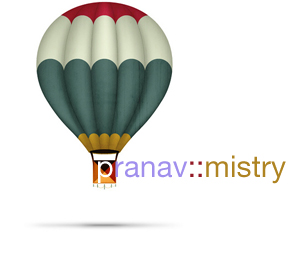The importance of Sixth Sense going open source


The creation of Pranav Mistry, a PH.D candidate at MIT's Media Lab, it's described as a "wearable gesteral interface" whose hardware comprises a pocket projector, a mirror and a camera.
(The illustration is from Mistry's Web site.)
Mistry's idea is that these components will be worn like pendant, with the computer they're wirelessly connected to kept in a pocket.
Using Sixth Sense, data is displayed in the air and manipulated using hand gestures. When Mistry is demonstrating it, he looks like a magician.
It's cool. And it's going to launch as open source.
"I don't want this to comply with some corporate policy," he told Rediff while in India demonstrating the interface at the TEDIndia Conference. "I want people to make their own system. Why not?"
Mistry's decision has meaning beyond Sixth Sense. The desire of inventors is always to get their work into the market as quickly as possible. Usually this means waiting for it to be turned into a useful, profitable invention. Mistry is bypassing this by going straight to open source.
There is no report on which license he will use, but whichever one he does choose he has put paid to the canard that open source and innovation are incompatible, for all time.